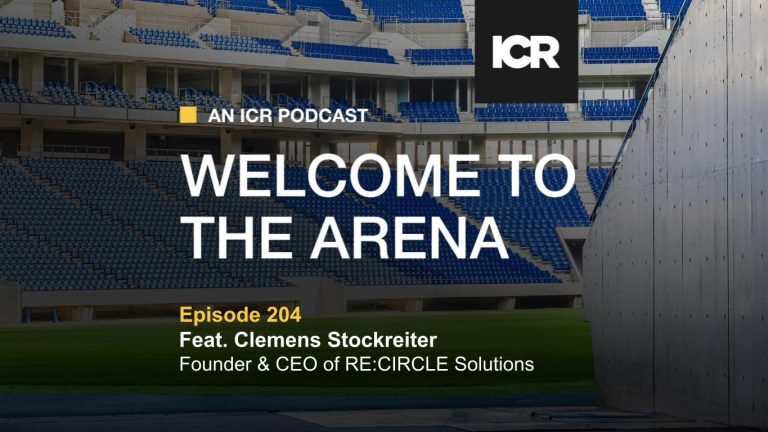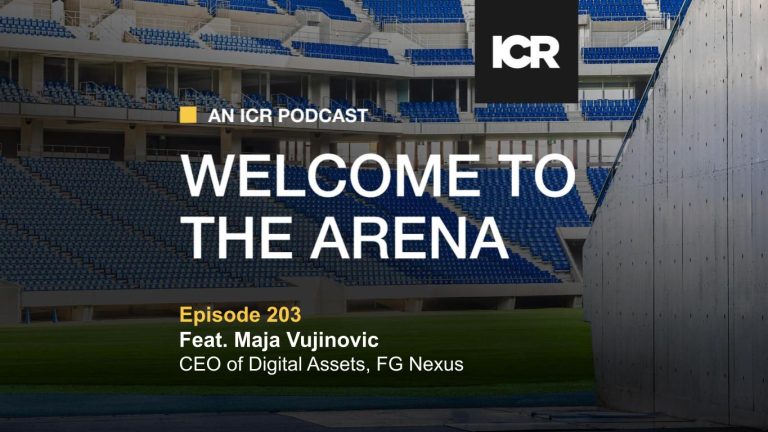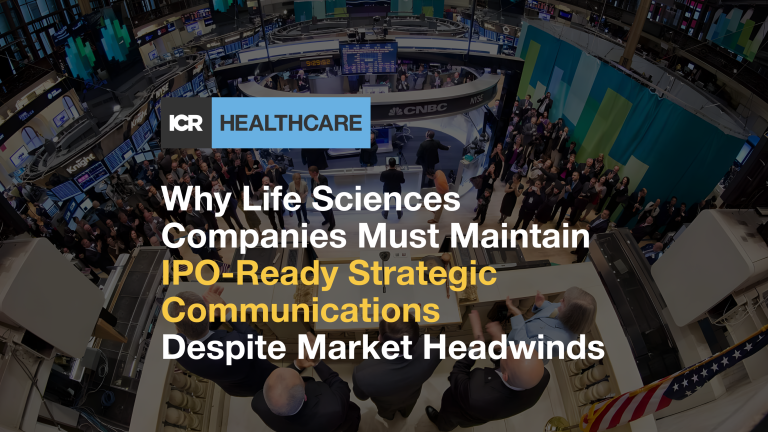You see them everywhere these days. In publications, on websites, in social feeds — infographics have become the latest must-have for modern communications campaigns.
But what, exactly, is an infographic? It’s not a chart. It’s not a diagram. It’s not “data visualization.” It’s a storytelling vehicle, a way to transform facts and figures into a quick, compelling, illustrated narrative.
With the growing dominance of digital and social media, our emphasis as communicators now has to be on the velocity of the content we create. How quickly it engages. How easily it shares.
That’s the real power of an infographic. The human brain needs literally twice as much time to process text as it does to process images. While visuals go directly into long-term memory via the amygdala, verbal info has to take a longer route through the neo-cortex and short-term memory. (You’ll have to trust us on this. It’s science.)
This past year, we’ve been using infographics in a number of surprising ways. Illustrating the hidden fees of so-called no-load funds. Communicating a complex biotech breakthrough. Creating a legal timeline for a crisis client. Showing how to make more successful New Year’s resolutions.
Try this: Go to Google Images, and type in “Planet Fitness.” Even with a brand as big as PF, with all the photos they’ve published on all their platforms, our little Dad Bod infographic has been shared so often and so widely it’s right up near the top of the first page of results. Pretty amazing.



